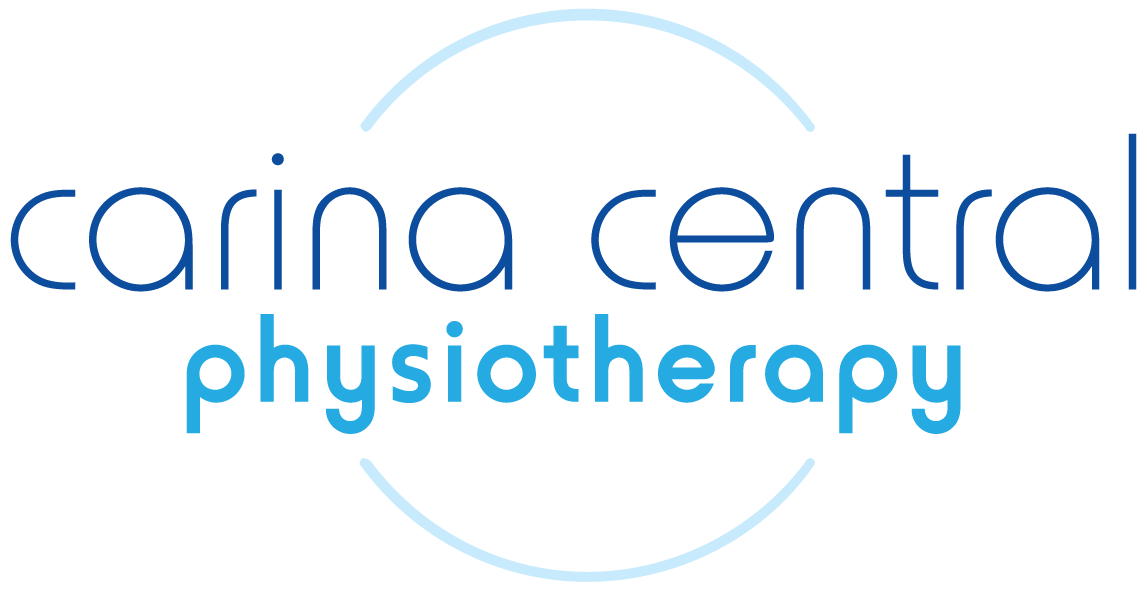
Patellofemoral Pain Syndrome
Patellofemoral pain syndrome (PFPS) is a common presentation in physiotherapy and sports medicine practices. It is particularly prevalent in runners, and females tend to be affected more frequently than males. The onset of PFPS is often insidious. Patients describe a diffuse ache in the front knee which is often difficult to localise. Clicking or noise is often experienced. The pain is aggravated by loading activities, such as squatting, kneeling and walking up or downstairs. There may be tenderness and swelling around the kneecap.
It is important for your Physiotherapist to differentiate PFPS from other conditions that have similar presentations, such as patellar tendinopathy or infra-patella bursitis, as this can affect treatment, rehabilitation time and also activities you can be doing.
Contributing Factors
Generally, abnormal loads on the Patellofemoral joint (joint between the knee cap and bottom of thigh bone (femur)) leads to the development of pain. This load is influenced by the movement of the knee cap within the groove on the femur - termed patella “tracking’ - and can be affected by factors such as the position and movement of the femur, increased pronation of the foot, muscle weakness, inadequate flexibility, and altered control of muscles around the hip and knee. During physical activity, the load is created by the body’s contact with the ground, hence is affected by body mass, speed of walking or running, surfaces and footwear, and training intensities such as hill running, jumping/landing and sprinting.
Physiotherapy Treatment
Due to the many predisposing factors, a detailed assessment from your Physiotherapist is vital. This is necessary to understand the nature of exercise, training or activity that may have lead to the development of the condition and to identify biomechanical issues. Often on the joint can be reduced by modifying training and footwear. Soft foot orthotics may be prescribed to control excessive pronation. Taping is commonly used to reduce pain, to correct the position of the patella in relation to the femur, and to unload the structures around the knee. Your Physiotherapist will be able to give you an exercise plan address muscle imbalances (strength and flexibility issues), to improve patella tracking and give you advice around ways in which you can modify activities or exercises so that you can continue doing things you enjoy or plan toward goals you maybe training for.

If you suspect you have patellofemoral pain syndrome, request an appointment with Roma Forbes for an assessment.
